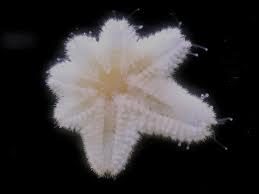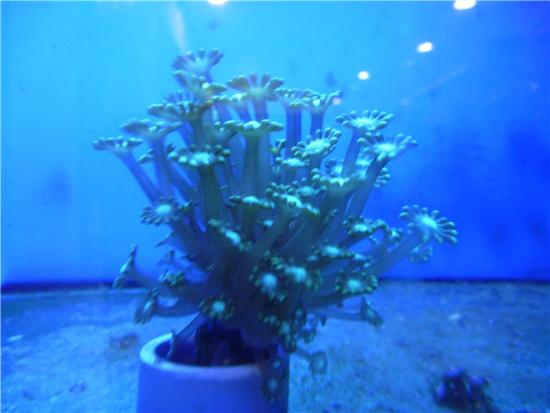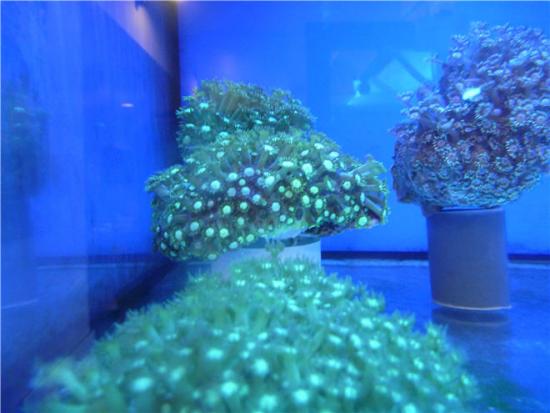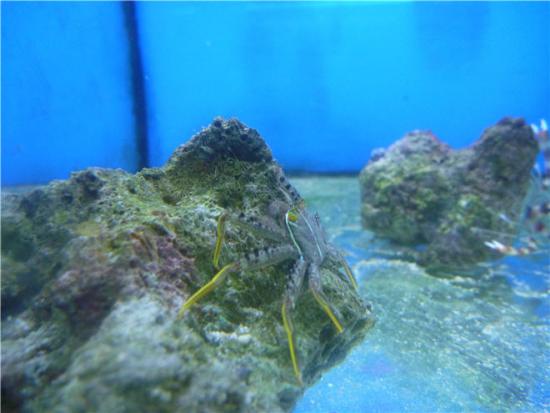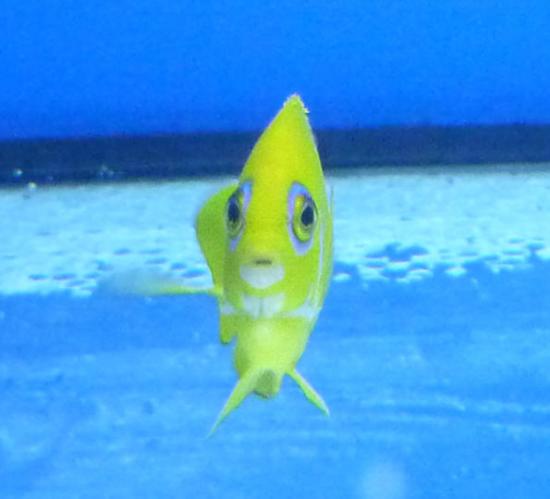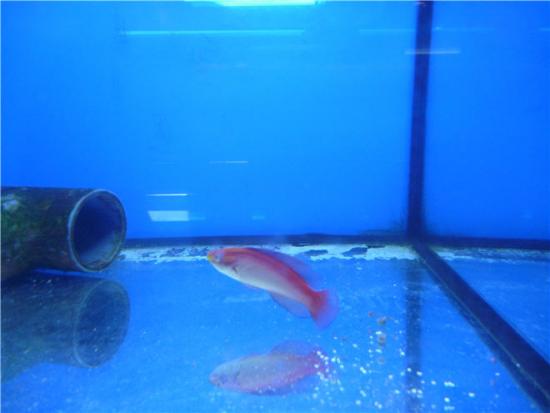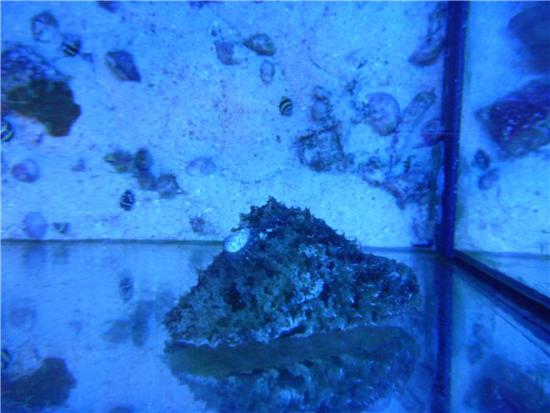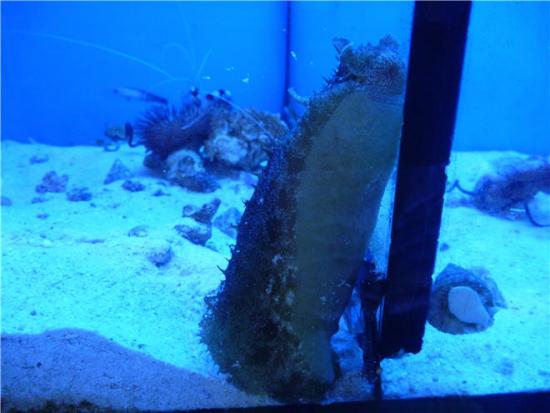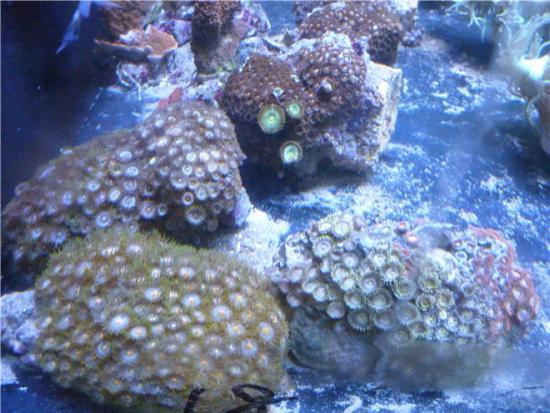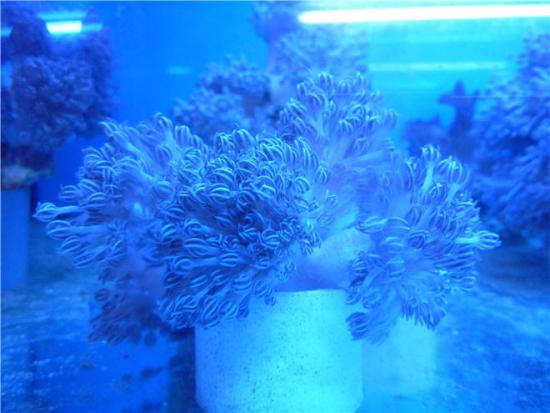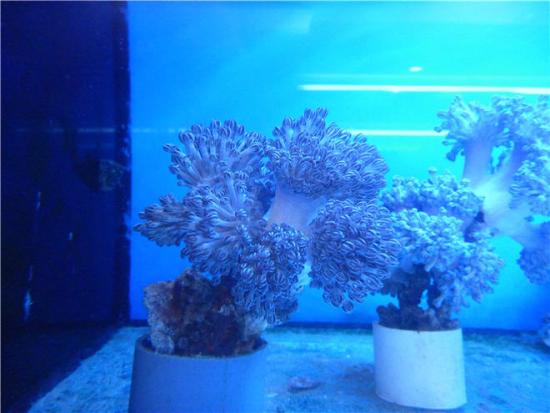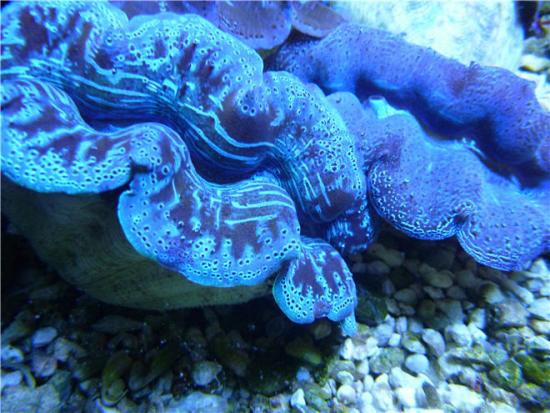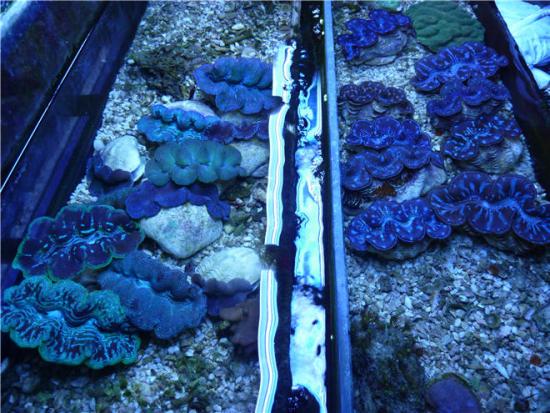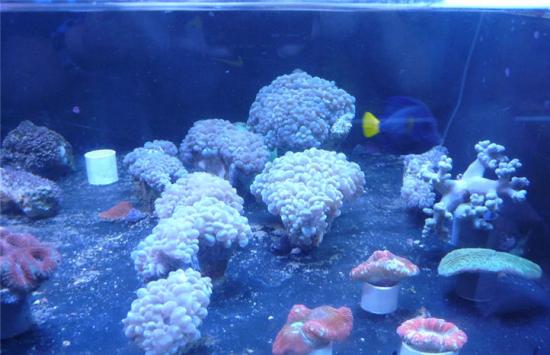-
Posts
11,637 -
Joined
-
Days Won
40
Content Type
Profiles
Forums
Gallery
Everything posted by CFOh
-
Try this.. or try other browser.. looks like some conflict in your browser... Cheers.. http://i6.photobucket.com/albums/y235/xersion/photo1.jpg
-
Coralfarm Aquaristic Pte Ltd 60 Lim Chu Kang Lane 6F Lim Chu Kang, Singapore 71, Singapore
-
SP(Security Police) The Movie: "Kakumei-hen" FULL TRAILER (2011)
-
Hall Pass Trailer 2011 HD
-
Pics will help to ID better... Is it something looks like below? if Yes, then it is asterina starfish.. Pest.. remove them is possible.. Cheers..
-
Looks like some handling problem with unwariness.. The hammer tissue looks recess badly... Try minimize handling after fixed location..Take note your temperature, do not exceed 29C. Moderate light and flow. Try LPS amino acid & kent iodine/Tropic marin Pro-Coral Iodine to promote healing... Frequent WC may reduce further stress due to nutrient build up... Cheers...
-
Singapore Police Force Commercial 2009 Impressive!
-
Icefish: a really "cool" fish family Posted on scienceblogs: March 31, 2011 5:30 PM, by Dr. Dolittle & PracticalFishkeeping Magazine January-2011 Issue 1. http://scienceblogs.com/lifelines/2011/03/icefish_lack_hemoglobin.php?utm_source=editorspicks Hemoglobin is a protein within mammalian red blood cells that transports oxygen for delivery to tissues throughout the body. Antarctic icefish (Channichthyidae), like the crocodile icefish pictured above, are quite unique in being reportedly the only vertebrate that does not have circulating hemoglobin. In fact, their blood is almost transparent because of the lack of red blood cells. This translates into an ability to carry only 1/10 the amount of oxygen as red-blooded fish. In addition, not all members of the Channichthyidae family have myoglobin (which is what binds oxygen in muscle cells) in their heart muscle and all members lack this protein in their oxidative (requiring oxygen) skeletal muscle cells. Since oxygen is freely dissolved in their blood, they have evolved blood volumes two to four times greater than red-blooded fish to increase their oxygen carrying capacity. They have also evolved large hearts to pump higher volumes of blood and more capillaries in their tissues for gas exchange. Further compensations are seen in the oxidative muscles of icefish which have dense populations of large mitochondria to help produce energy compared to red-blooded species. As if these adaptations were not enough, these fish also have circulating antifreeze proteins that help prevent them from freezing in the chilly waters they call home. Scientists have actually created synthetic versions of these proteins in an effort to help protect frozen food and transplant organs from forming ice crystals.
-
Coris aygula or Coris Gaimard Formosa? I think AhBeng & CF carry this often.. Pls call them to confirm.. Cheers...



